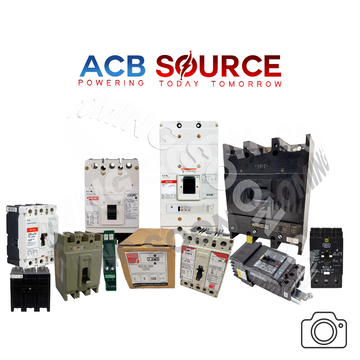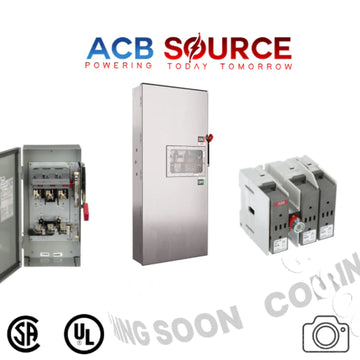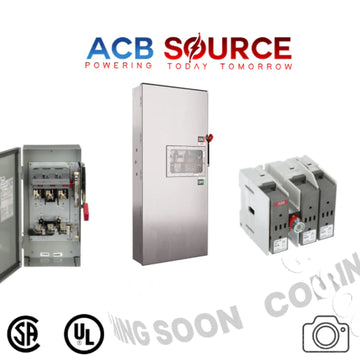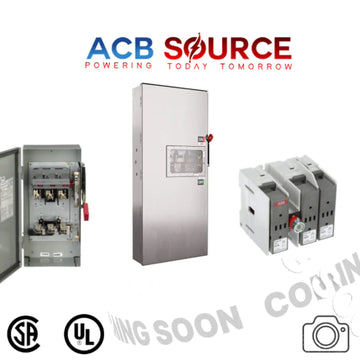Circuit breakers are crucial components in electrical systems, ensuring the safety and reliability of power distribution by interrupting the flow of current in the event of a fault. Over time, circuit breakers may require replacement due to aging, wear and tear, or evolving electrical system requirements. This article delves into the key considerations and best practices for circuit breaker replacement, emphasizing the importance of safety, compliance, and efficient upgrade procedures.
- Reasons for Circuit Breaker Replacement:
- Aging and Wear: Circuit breakers, like any electrical components, have a finite lifespan. As they age, their performance may degrade, increasing the risk of malfunctions or failure. Replacement becomes necessary to maintain system reliability.
- Technological Obsolescence: Advancements in technology may render older circuit breakers obsolete. Upgrading to newer models with improved features and capabilities can enhance the overall efficiency and safety of the electrical system.
- Increased Load Demands: Upgrading to higher-rated circuit breakers may be necessary when there's a need to accommodate increased electrical loads or to meet evolving operational requirements.
- Key Considerations for Circuit Breaker Replacement:
- Compatibility and Ratings: Ensure that the replacement circuit breaker is compatible with the existing electrical system and meets or exceeds the required voltage, current, and interrupting capacity ratings.
- Arc Flash Mitigation: Consider implementing additional safety measures, such as arc flash mitigation technologies, during the replacement process to enhance worker safety and comply with industry standards.
- Regulatory Compliance: Adhere to local and international standards and regulations governing electrical installations. Ensure that the replacement circuit breaker meets relevant safety and performance standards.
- Environmental Conditions: Evaluate the environmental conditions of the installation site, including factors like temperature, humidity, and potential exposure to corrosive substances. Select a circuit breaker that is suitable for the specific operating environment.
- Safety Procedures: Develop and follow comprehensive safety procedures for the replacement process. This includes de-energizing the circuit, proper lockout/tagout procedures, and using appropriate personal protective equipment (PPE).
III. Best Practices for Circuit Breaker Replacement:
- Thorough Assessment: Conduct a detailed assessment of the existing electrical system, including load requirements, fault currents, and coordination with other protective devices, to determine the most suitable replacement.
- Professional Expertise: Engage qualified electrical professionals or technicians with expertise in circuit breaker replacement. Their knowledge ensures that the replacement is executed safely and efficiently.
- Testing and Commissioning: After installation, perform rigorous testing and commissioning procedures to verify the proper functioning of the new circuit breaker. This includes insulation resistance tests, contact resistance tests, and functional tests.
- Documentation: Maintain detailed documentation of the replacement process, including specifications, test results, and any modifications made during the installation. This documentation is valuable for future maintenance and audits.
- Training: Provide training for personnel who will be operating and maintaining the newly installed circuit breaker. Proper training ensures that the equipment is used and maintained according to manufacturer recommendations.
- Environmental Considerations:
- Sustainable Disposal: Adhere to environmental regulations when disposing of old circuit breakers. Follow proper procedures for recycling or environmentally responsible disposal of components.
- Energy Efficiency: Consider upgrading to circuit breakers with advanced energy-efficient features, contributing to reduced energy consumption and operational costs over the long term.
Conclusion:
Circuit breaker replacement is a critical aspect of maintaining a safe and reliable electrical infrastructure. By carefully considering compatibility, safety, compliance, and adopting best practices throughout the replacement process, organizations can ensure the seamless integration of new circuit breakers while enhancing the overall efficiency and resilience of their electrical systems. Regular assessments, professional expertise, and adherence to safety protocols contribute to the longevity and optimal performance of the electrical infrastructure.







